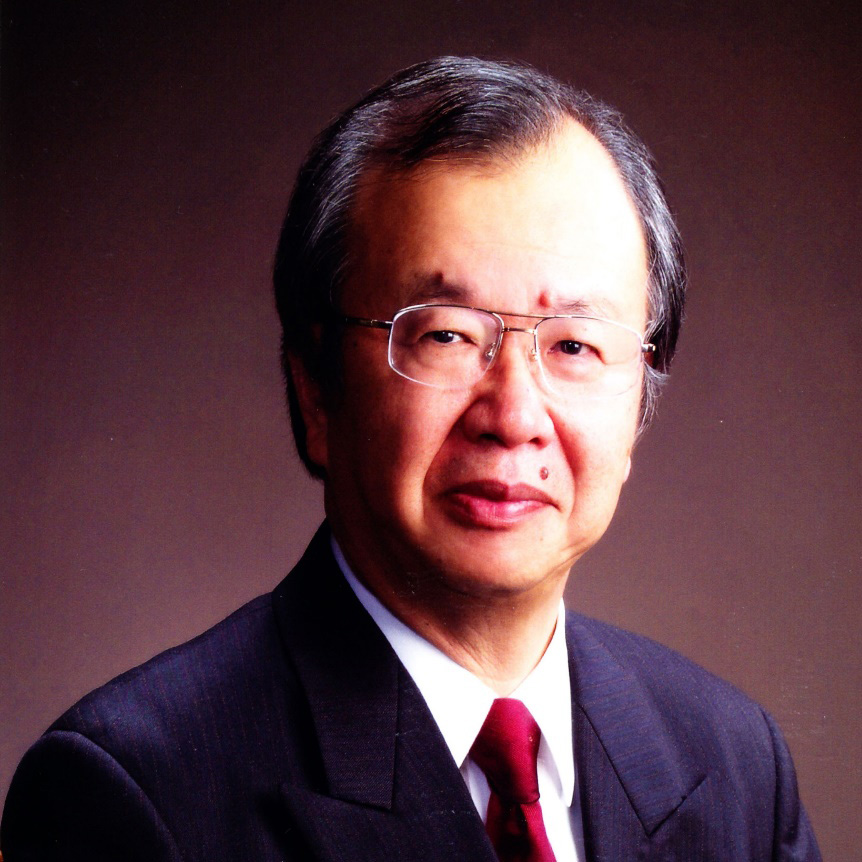

CeMI's Mission Statement
Japan faces many natural disasters triggered by earthquakes, volcanic activities, tsunami, storm surge, typhoons, torrential rain as well as societal (human) disasters caused by fires, ground subsidence, pollution and environmental degradation. These threaten a great many lives, and have a massive impact on social infrastructure.
It is a pressing concern for Japanese society that the various organizations involved in disaster risk reduction can align with each other to create a new body of knowledge to share with citizens, and through this approach to form a disaster-resilient society in which citizens can be active participants. To mitigate the severity of disasters, the knowledge of disaster risk reduction held by individuals along with societal interest in environmental and disaster risk reduction issues must be elevated in each household, school, workplace and at the community level.
To expedite this, we must engage with citizens broadly, carrying out research, surveys and educational initiatives regarding environmental conservation and disaster risk reduction. By promoting public-awareness-raising, we aim to contribute to resolving global environmental issues and to improving the resilience of communities to disasters.
CeMI (Crisis and Environment Management Policy Institute), a Specified NonProfit Corporation, was established on February 27, 2004, with the approval of The Cabinet Office.
![]() Articles of Organization (in Japanese, PDF 40KB)
Articles of Organization (in Japanese, PDF 40KB)
CeMI is focused on 7 main activities
1.Symposiums/Forums
We organize symposiums and forums, selecting themes regarding environmental preservation and disaster risk reduction.
2.Liaison and Coordination
We liaise and coordinate to forge cooperative links between various organizations, in order to construct a society resilient to disasters.
3.Education/Development of Human Resources
We provide training for community disaster prevention leaders, coordinate the production of disaster risk reduction educational materials, and run lectures and training sessions at both schools and companies.
4.Support for regional town development /Disaster Imagination Games (DIG).
We provide support for town development at the regional level and also conduct Disaster Imagination Games (DIG).
5.Production (publication/sales) and editorial supervision of publications and signboards
We design and create books, as well as signboards. We also produce written materials with experts and researchers and provide editorial supervision.
6.Transmitting and providing information
We issue newsletters with details and reports of research meetings and events.
7.Other
CeMI also provides support to organizations involved in community initiatives regarding environmental conservation and disaster risk reduction, as well as disaster aid, international cooperation, and surveys, research, technological development and policy advocacy.
Completion of community timeline envisioning a landslide disaster (Kaizuka City, Osaka Prefecture)
Work began in 2017 on creating a community timeline envisioning a landslide disaster in the Baba District of Kaizuka City in Osaka Prefecture, culminating in the formulation at the 5th workshop on July 1 2018 of the "Baba District community timeline to protect against landslide disasters triggered by typhoons" (trial version of July 2018).
As well as the residents of Baba town, other workshop participants worked together to draft this timeline, including Kaizuka City Hall, Osaka Prefecture Urban Planning Division Rivers Office, Kishiwada Civil Engineering Office NPO Osaka Erosion Control Volunteer Council.
In 2016, Kaizuka City formulated a two-color community timeline to protect against storm surge in the Hama Asahi residential district, the 2nd timeline for Baba District.
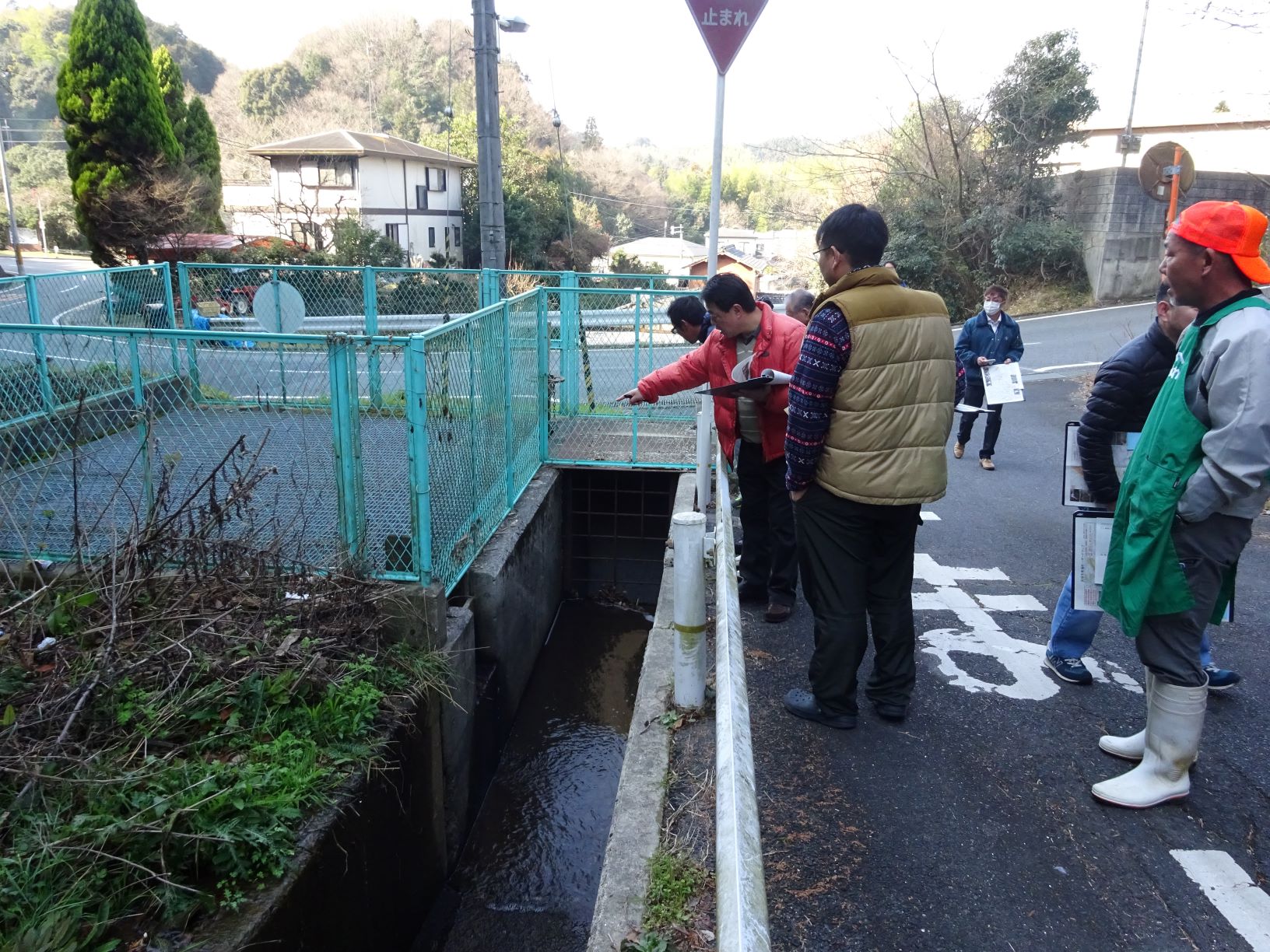 |
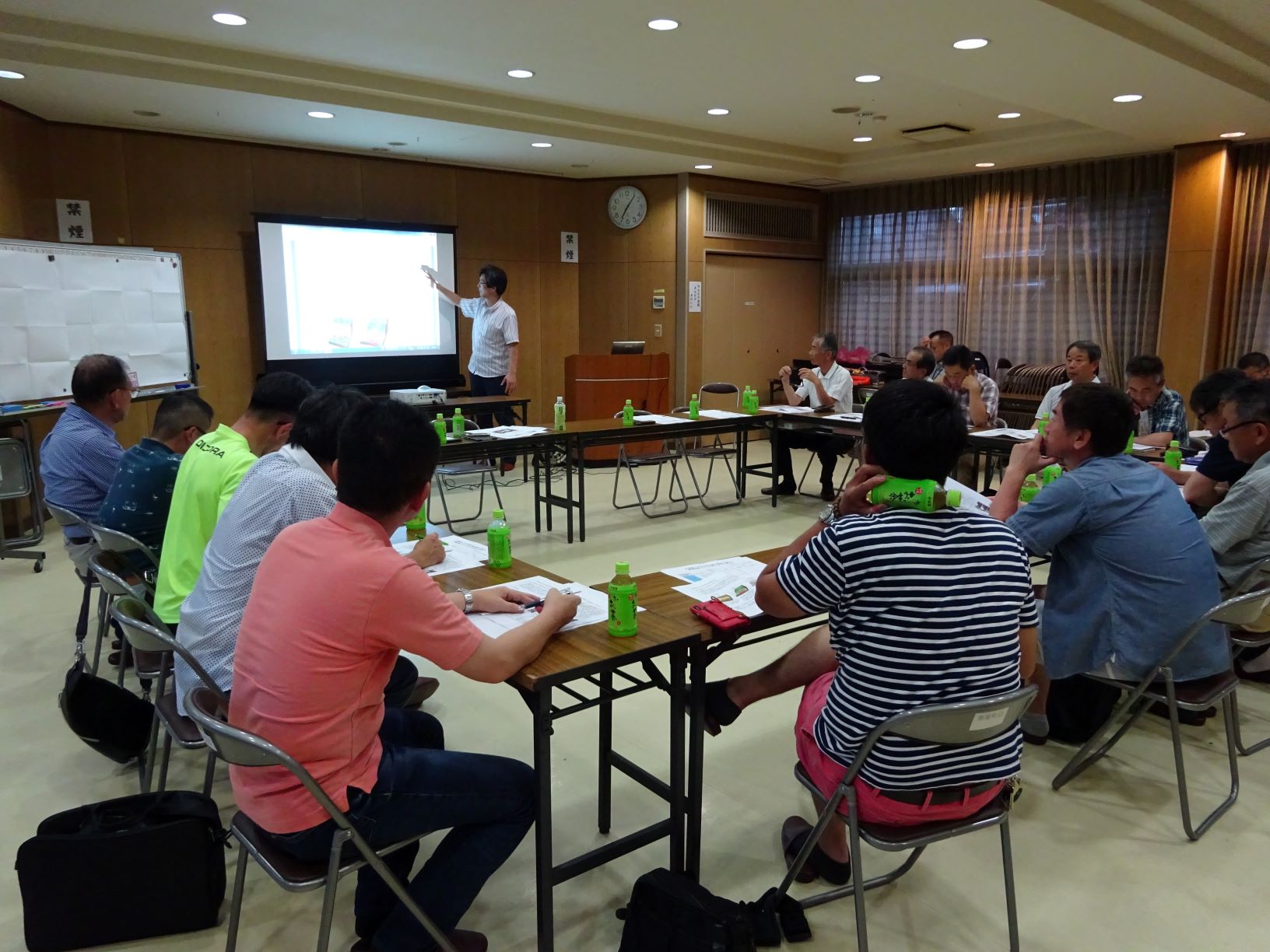 |
| Walking around the neighborhood at the 2nd Workshop | The 5th Workshop |
Completion of town timeline to protect against landslide disasters (Kanan town, Osaka Prefecture)
Kanan town in Osaka Prefecture began initiatives to formulate a timeline for landslide disasters in 2016, and on June 29 2018 successfully completed the "Kanan Town Landslide Disaster Timeline" at the 4th review meeting.
The 4th review session was the final step towards trial operation of the timeline, and included Disaster Imagination Games to confirm precise operations for each aspect of disaster response using a timeline.
 |
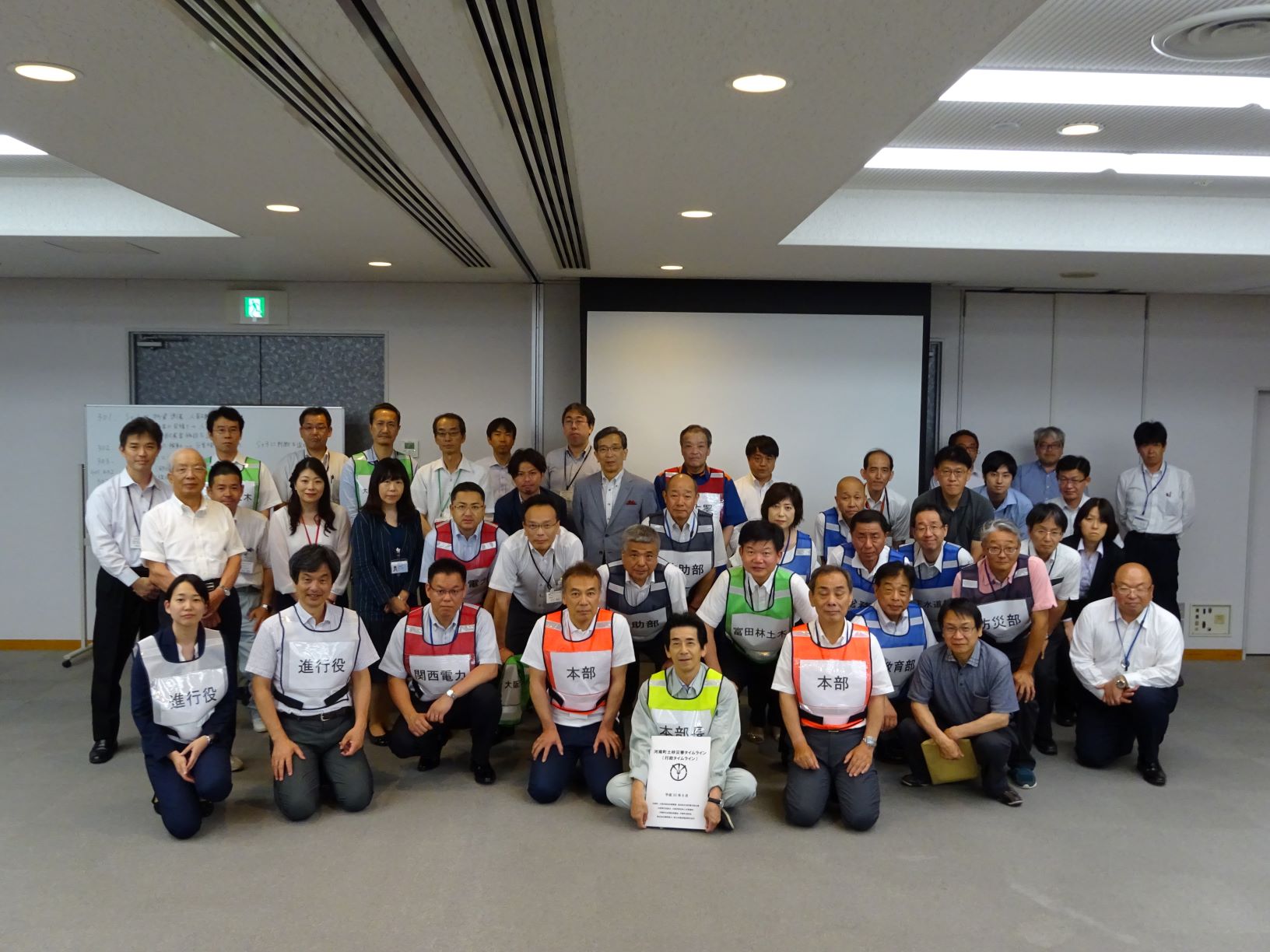 |
| Disaster Imagination Games (DIG) | Photo of all participants |
Completion of Kuma River community timeline to protect against flooding disasters.
In 2015, Kuma village in Kumamoto Prefecture formulated and began operating a timeline to protect against flooding disasters by the Kuma River. In line with this, from 2016 discussions began in nearby Watari district regarding a community level timeline, which lead to the completion of the "Watari District community timeline to protect against flooding" on June 20, 2018.
At this meeting, the residents of Watari District were joined by representatives from the Yatsushiro River and National Highway Office, the Kuma Village Hall, fire department, police, schools, welfare facilities and other local institutions to discuss how to formulate the timeline.
To end the session, a representative of the district's residents handed the completed timeline document to Kuma Village Head Mr.Yanagizume, commenting: "We want to make Watari resilient against flooding disasters, and approach disaster response initiatives by using the timeline and working together with Kuma Village Hall, the Yatsushiro River and National Highway Office, and other related organizations".
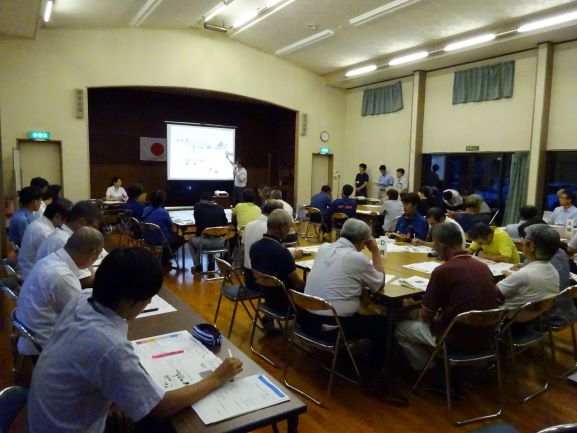 |
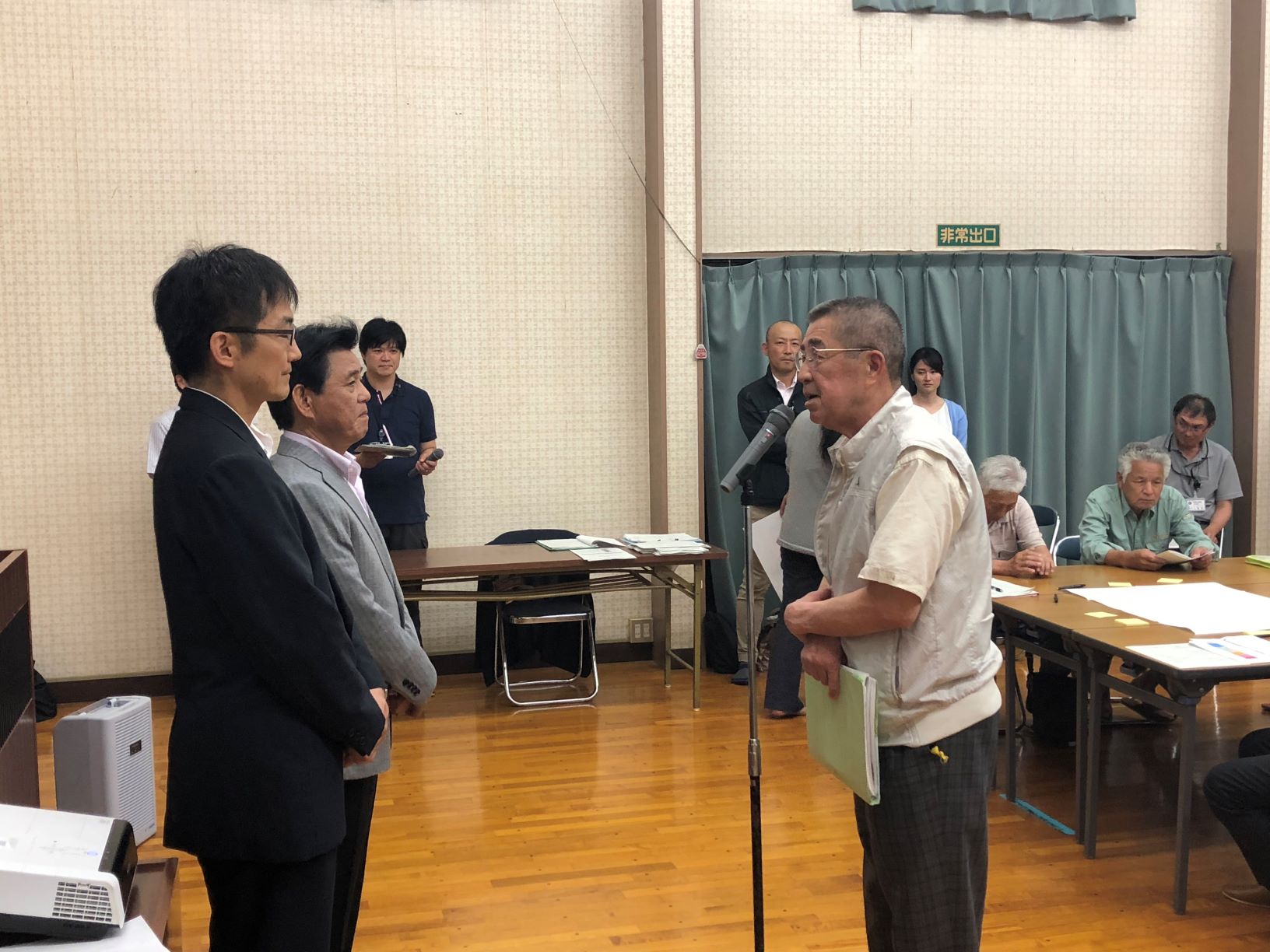 |
| Review Meeting on June 20, 2018 (Final confirmation of community timeline) |
Handing over the timeline (Representative of residents of Watari District, Kuma Village, with Kuma Village Head, and Director of Yatsushiro River and National Highway Office) |
Launching of initiatives for a timeline to protect against large-scale flooding disasters in the Neyagawa River Basin in Osaka Prefecture.
In Osaka Prefecture, work has begun on formulating a timeline that links up multiple organizations; the "Neyagawa River Basin Large-scale Flooding Disaster Timeline" is the first to be formulated in the Prefecture.
The "Inauguration Ceremony for the Neyagawa River Basin Council - Large Scale Flooding Disaster Timeline Formulation Committee" was held on July 26, 2017. This ceremony had many participants including the 11 mayors from the Neyagawa River Basin, the Osaka Meteorological Office, MLIT Kinki Regional Development Bureau, Osaka Prefecture and other related organizations. The intention was to forge relations on a personal basis to construct an effective network for implementing the timeline and to make every possible effort to mitigate damage from large-scale flooding.
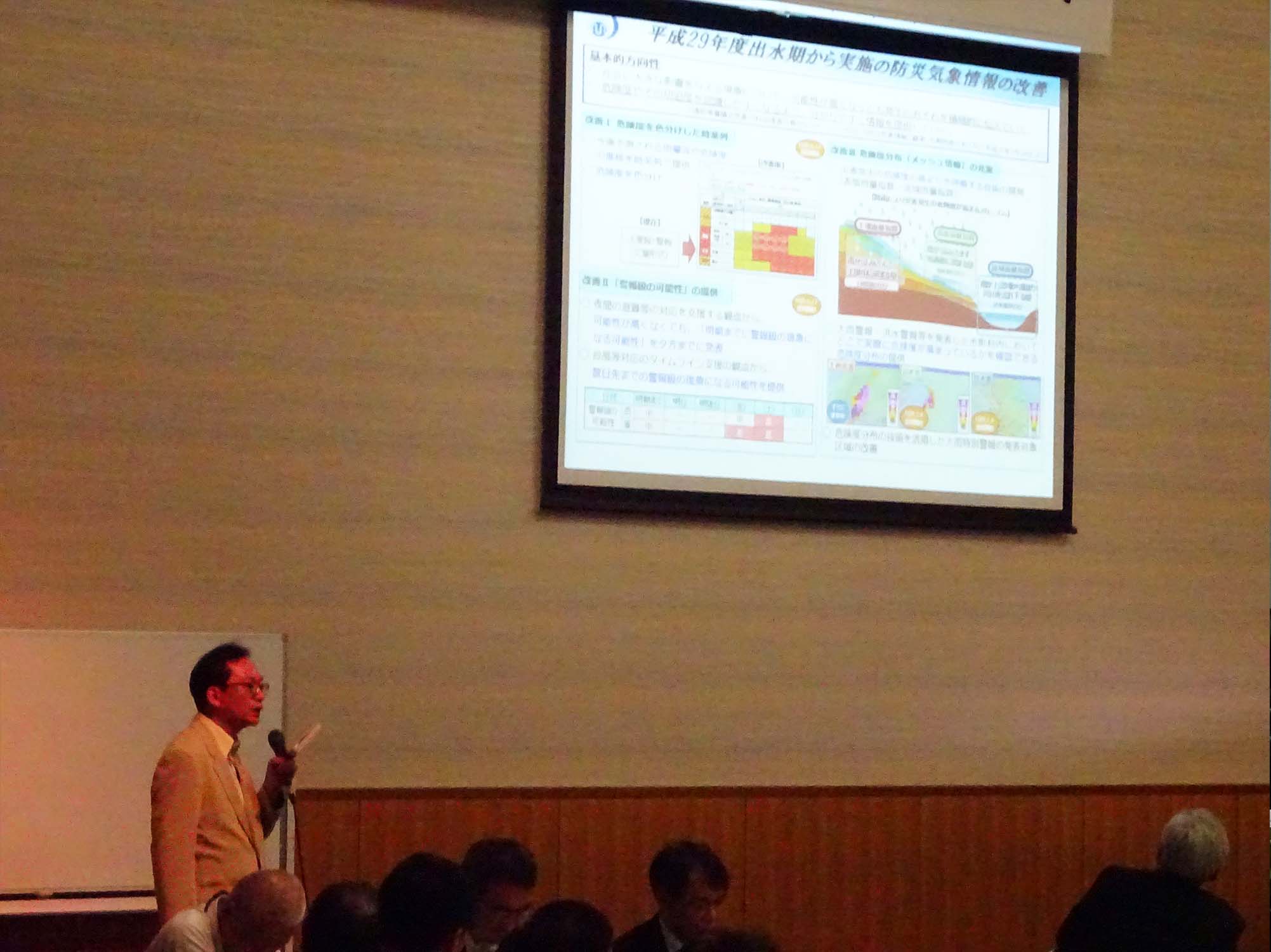 |
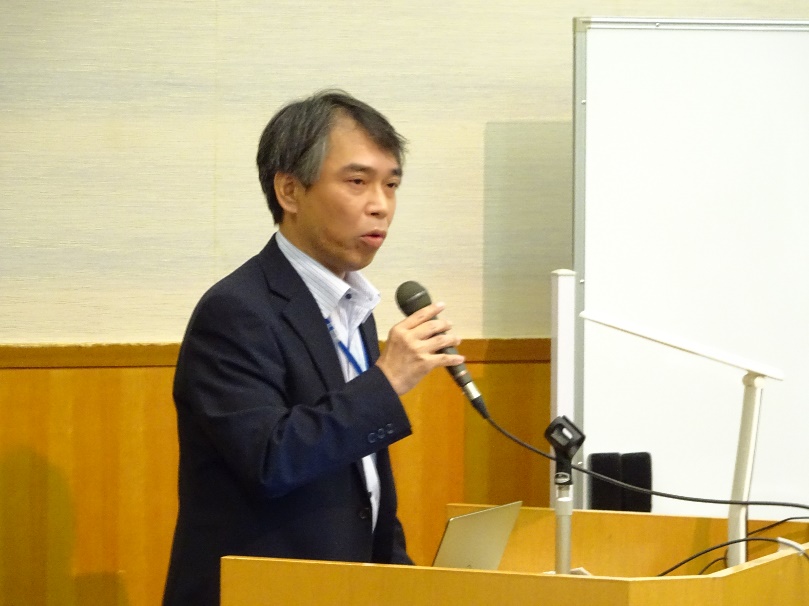 |
| Information provided by Mr.Doi, Director of Osaka District Meteorological Observatory | Information provided by Mr. Nakagome, Director of MLIT Kinki Regional Development Bureau |
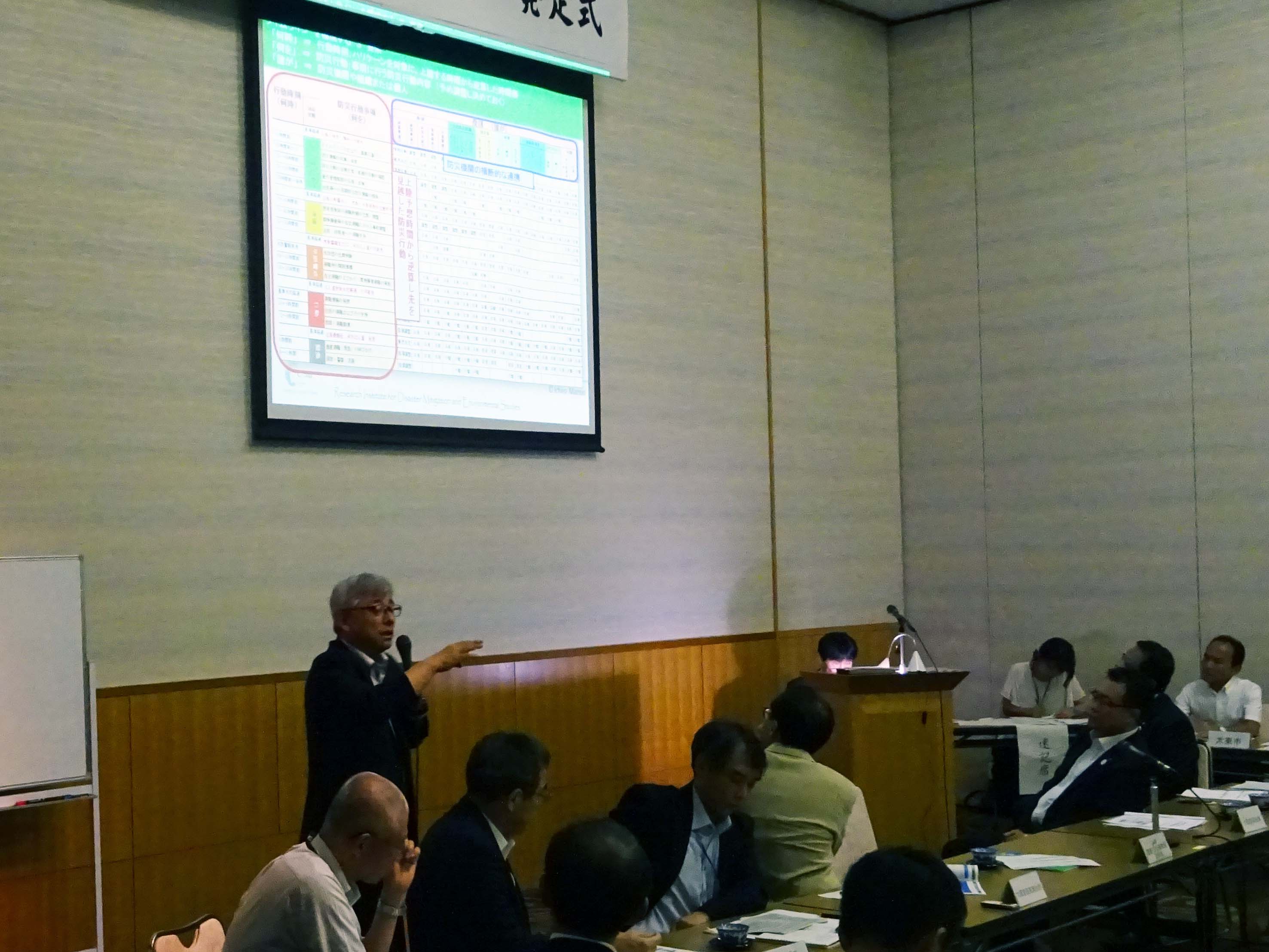 |
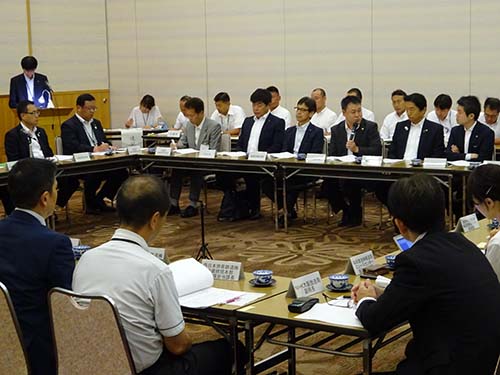 |
| Lecture by Mr.Ichiro Matsuo, Chairman of Feedback Session (Deputy Director, CeMI) | Discussion forum among the 11 mayors. |
On the same day, the "1st Section Meeting for Formulating Timeline for Large-scale Flooding" was held, including a workshop participated in by the disaster prevention officers of the 11 cities in the Neyagawa River basin, on how to formulate the timeline. During the workshop, participants discussed the damage envisioned during large-scale flooding events, and how to best utilize the timeline in order to minimize damage.
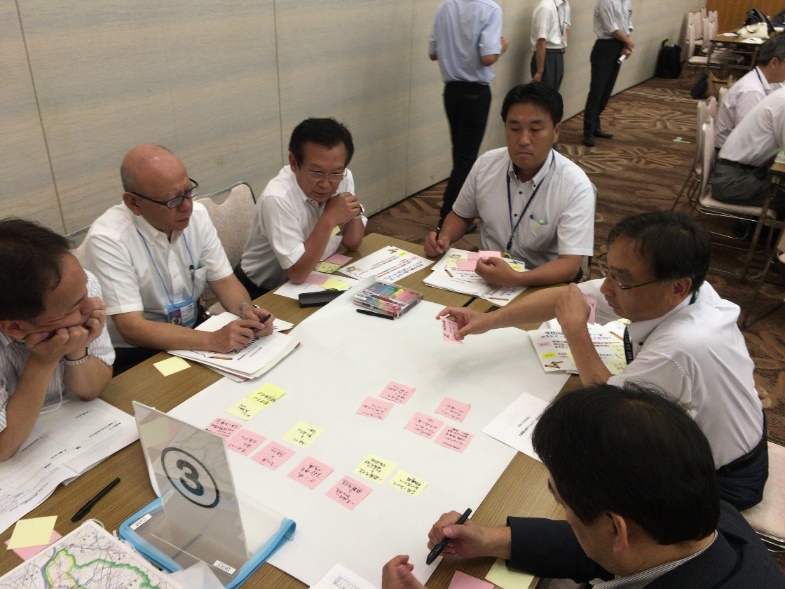 |
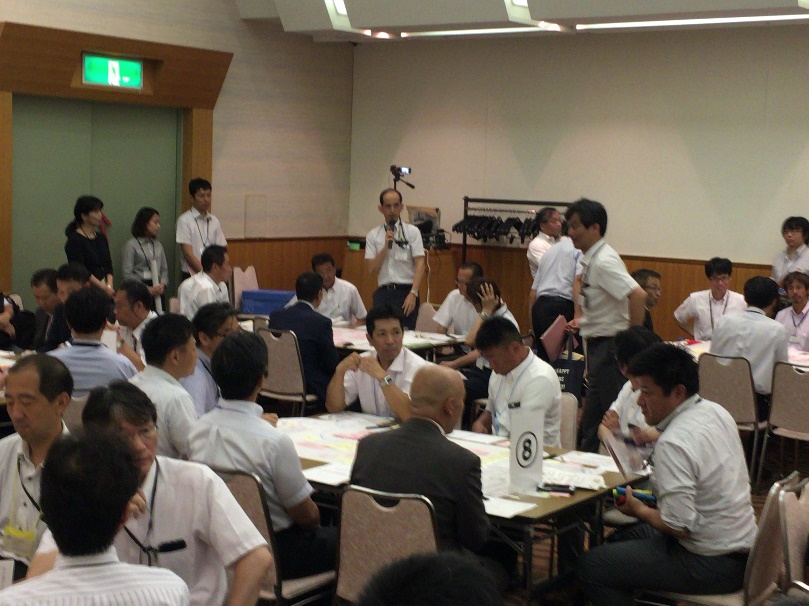 |
| Group work session under way | Report-out from each group |
Designed "Personal and family time-line to brace for typhoons"
The onset of the typhoon season marks a period where disasters often occur. We designed a "Personal and family time-line to brace for typhoons", that lays out typhoon countermeasures that can be implemented by families and individuals.
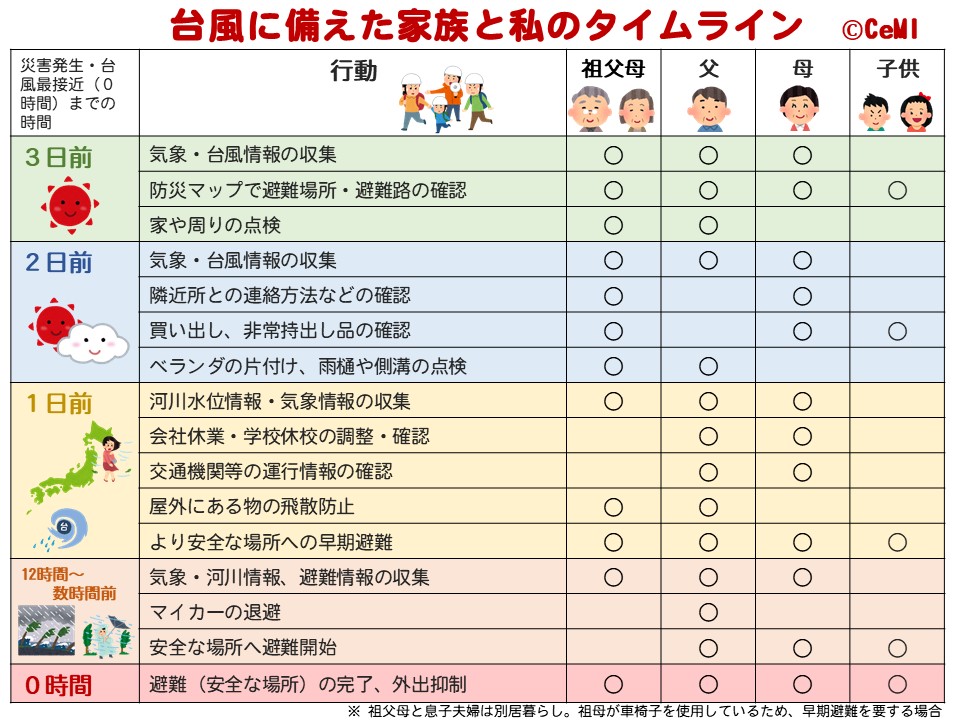 |
*These are examples of countermeasures summarizing the bare minimum amount of preparation/response actions to be taken when a typhoon is approaching. It should be tailored and utilized in line with the unique circumstances of individuals/families.
*A timeline is a method for minimizing damage from typhoons and other such disasters that prescribes how to respond in chronological order, from the time of onset of the disaster right up until it is close by. It is a method that has been adopted by municipalities across Japan.
Outline of personal and family timeline for bracing for typhoons:
3 days ahead "Confirm evacuation site/evacuation route", "inspect house and vicinity"
2 days ahead "Confirm method of making contact with those in vicinity", "Confirm bulk purchasing, emergency supplies kit"
1 day ahead "Begin evacuation for families who require extra time"
12 hours-several hours ahead "Begin evacuation for all family members"
The following points are vital for minimizing damage sustained by your family during a typhoon:
・Hold regular discussions with your family and decide the precise roles and duties of each family member during the onset of a disaster.
・When a typhoon is approaching, make every effort to carry out the duties decided during family discussions in appropriate manner, in line with the circumstances.
・In order to accurately ascertain the situation, pay close attention to typhoon information and also monitor weather forecasts, river warnings and evacuation orders etc.
Download "Personal and family timeline to brace for typhoons" (in Japanese)
![]() Personal and family timeline to brace for typhoons (PDF) (in Japanese)
Personal and family timeline to brace for typhoons (PDF) (in Japanese)
Work has begun on formulating Japan's first "Storm Surge Timeline"
Workshops will be held for a storm surge timeline, as a measure to protect the lives of citizens of Kaizuka City from storm surge. This will be the first storm surge timeline in Japan.
Ahead of the workshop, an "advance research session" was held, participated in by approx. 100 citizens from the Asahi residential district (a model district) who listened attentively to the lectures and enjoyed lively discussions.
From here on, with October 1st as the 1st session, a workshop will be held once a month, aiming to complete the "Asahi Residential District Storm Surge Timeline" within the current fiscal year.
Please see here for more details regarding the current status of implementing the "Kaizuka City Asahi Residential District Storm Surge Timeline". (in Japanese)
![]() Storm Surge Timeline Workshop News, Vol.1 (in Japanese)
Storm Surge Timeline Workshop News, Vol.1 (in Japanese)
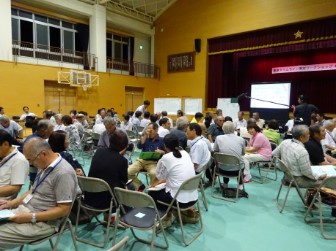 |
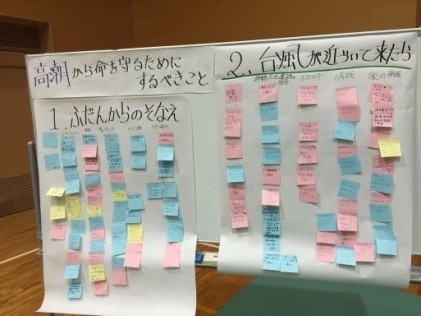 |
| Participants share opinions | Result: "What to do to safeguard lives from storm surge" |
Initiatives regarding Kuma River Flooding Timeline
Since 2015, municipalities/river management bodies/related bodies have been working in close linkage to formulate the Kuma River Flooding Timeline, to reduce damage caused by the Kuma River bursting its banks and also damage caused by sediment disasters, in Kuma Village, Hitoyoshi City, Kumamoto Prefecture.
In FY2016, Kuma Village and Hitoyoshi City implemented trial operation of the timeline for major rain events caused by weather fronts and typhoons, an in addition to this, the villages of Kuma organized a "Villagers Disaster Risk Reduction Conference" to consider disaster prevention in the community.
Please see here regarding the trial implementation for Typhoon No.12 in 2015(in Japanese)
Please see here for further details regarding the convening of the Kuma Villagers Disaster Risk Reduction Conference (1st Block Conference) (in Japanese)
![]() Report of 1st Kuma Villagers Disaster Risk Reduction Conference (1st Block Conference) (in Japanese)
Report of 1st Kuma Villagers Disaster Risk Reduction Conference (1st Block Conference) (in Japanese)
Holding of "Water Disaster Prevention Timeline Conference in Kihou"
Nearly two years have passed since the timeline was formally adopted. During this period, various initiatives have been implemented by early-adopting municipalities and other leading projects, and it is hoped that this will spur many other similar initiatives in future.
In July 2016, the "Water Disaster Prevention Timeline Conference in Kihou" was held in Kihou Town in Mie Prefecture. Chief executives of municipalities who were the first to implement timeline initiatives in Japan, and related organizations, held discussions on the effectiveness and issues related to the timeline, and regarding future prospects.
Please see here for details regarding"Water Disaster Prevention Timeline Conference in Kihou". (in Japanese)
![]() Report of "Water Disaster Prevention Timeline Conference in Kihou" (in Japanese)
Report of "Water Disaster Prevention Timeline Conference in Kihou" (in Japanese)
Report regarding on-site survey of Kanto/Tohoku torrential rain of September 2015
Field investigation into state of area where Kinugawa River levees burst on September 10, 2015.
The area around where the levees burst is a quiet rural area interspersed with former settlements and rice paddies, along national route 357. However, the flood flow from the destroyed levees completely changed this scenery.
You can appreciate the sheer enormity and power of the flood flow, by looking at the state of damage to buildings, roads and houses.
Introducing initiatives regarding Timeline in Kihou Town
In 2014, "Section meetings to deliberate formulating a timeline to brace for flood damage including typhoons in Kihou Town" were held 4 times, and the timeline was operated on a trial run for 5 typhoons, and improvements made.
This resulted in the formulation of the "Timeline to brace for flood damage including typhoons in Kihou Town" on February 21, 2015, and the concluding between related organizations of the "Treaty regarding linkages for the timeline to brace for water damage including typhoons in Kihou Town".
From FY2015, initiatives begun for the formulating of a district timeline, with the aim of strengthening the disaster risk reduction capabilities with the town and to foster stronger linkages between related organizations. Also, the Kihou Town citizen's disaster prevention council was held to provide a forum for citizens to take the initiative in thinking about disaster risk reduction.
Please see here for more details regarding the state of initiatives regarding the Timeline in Kihou Town, Mie Prefecture (in Japanese)
![]() Initiatives in Kihou Town for formulating Timeline ver.2 (in Japanese)
Initiatives in Kihou Town for formulating Timeline ver.2 (in Japanese)
Formulating a town timeline and district timeline for Ōtoyo Town in Kochi Prefecture
The town of Ōtoyo has many intermediary areas between plains and mountains, and many communities over a wide area where sediment disasters (landslips, landslides etc.) are expected to occur; in the event of a major disaster, many communities are likely to be completely cut off.
In FY2014, disaster prevention organizations and local residents of Ōtoyo town participated in a section meeting for deliberating a timeline for Ōtoyo, leading to the establishment of the Ōtoyo Town Timeline in March 2015 (trial version).
In FY2014, the timeline was utilized on a trial basis for typhoons, while residents and neighborhood associations took a central role in drawing up a district timeline to interlock with the Ōtoyo Town Timeline.
Please see here for more details regarding initiatives regarding formulation of the Ōtoyo Town Timeline in Kochi Prefecture. (in Japanese)
![]() Initiatives for flooding timeline and district timeline in Ōtoyo Town, Kochi Prefecture.
Initiatives for flooding timeline and district timeline in Ōtoyo Town, Kochi Prefecture.
Held planning conference for formulating Tsumagoi Village Timeline to brace for volcanic eruption of Mt.Asama.
To minimize damage caused by a volcanic eruption of Mt.Asama, we organized a "Planning conference to formulate a timeline for Tsumagoi village to brace for a volcanic eruption of Mt.Asama" with the aim of formulating a timeline that would allow disaster prevention related organizations to implement a proactive response, withe the first planning conference held on August 5, 2015.
CeMI is providing planning support regarding formulating the timeline for Tsumagoi Village.
Please see here for more details regarding initiatives regarding the timeline for bracing for a volcanic eruption of Mt.Asama in Tsumagoi Village. (in Japanese)
![]() Current Initiatives - Implementation Report Vol.1 (in Japanese)
Current Initiatives - Implementation Report Vol.1 (in Japanese)
Publicizing of "Proposal for deliberating Timeline for responding to levee collapse in the Shonai River"
Currently, MLIT (Ministry of Land, Infrastructure and Transport) is implementing "leading projects" in the Tokyo Metropolitan region and the Chubu Area to support promoting the timeline method. As one spoke of this project, to safeguard the Nagoya area where many lives and assets are concentrated in the Shonai River basin from disasters, Nagoya City and private companies that operate the subway system are working together to formulate a Shonai River Timeline.
A planning team was appointed in June 2014 toward formulating the Shonai River Timeline, and since then workshops and discussions were held for formulating a timeline to safeguard citizen's lives. This included DIG (Disaster Imagination Game) utilizing a timeline - the first in Japan - as well as verification of flood season, with the aim of creating a highly applicable and practical timeline.
CeMI is providing planning support regarding the formulation of the Shonai River timeline.
In March 2015, we publicized the "FY2016 Proposal for consideration of timeline for levee failure in the Shonai River", which paved the way for flood damage disaster response implemented through linkages between various bodies/organizations using a timeline.
Please refer here for more details regarding the deliberation meetings for the Shonai River Timeline,and
the "FY2016 Proposal for consideration of timeline for levee failure in the Shonai River". more information (in Japanese)
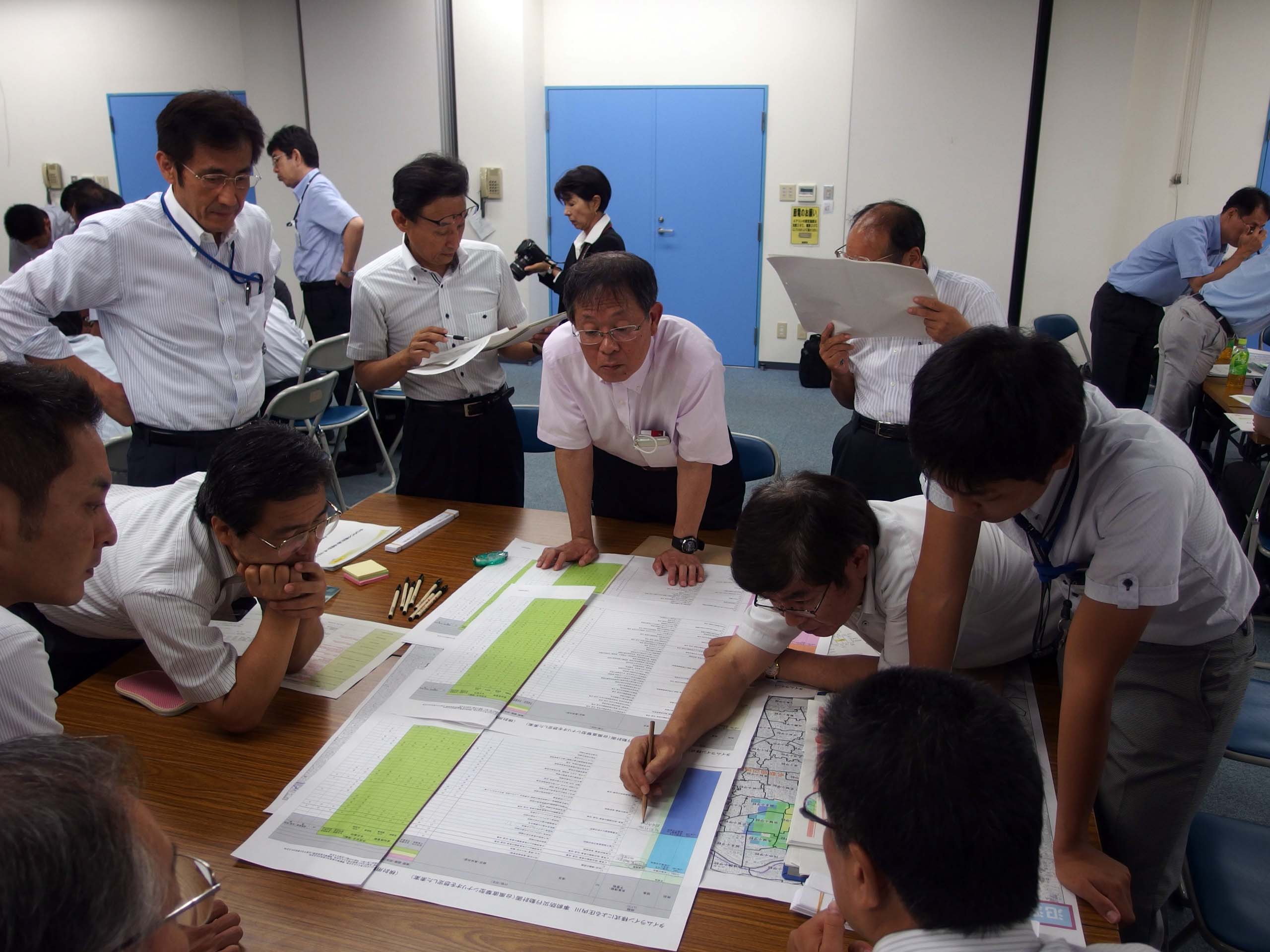 |
> |
| Group work session | DIG (Disaster Imagination Game) |
Timelines save lives!
Matsuo Ichiro, Deputy Director, CeMI
In late 2011, the New Jersey State Crisis Management Division began formulating a timeline as an appendix (code of conduct) to the State Government's Crisis Response Plan. They felt that there were some issues with the disaster response to Hurricane Aileen in 2011, and identified the timeline to prescribe preventative action for hurricane disasters as one improvement measure. It was first put into action in October 2012 during Hurricane Sandy.
As part of a survey into crisis management during Hurricane Sandy, the author (Ichiro Matsuo) met with State Government Crisis Response Officers to learn about the system and its effectiveness, with a view to applying this to typhoon disasters in Japan.
Currently, initiatives toward its adoption are taking place in national government organs as well as local municipalities. It is sincerely hoped that this code of conduct will function to promote better linkages between organizations and to clarify the roles of each body, in order to safeguard the lives of one and all from typhoons.
We intend to provide regular updates and commentary on this website regarding the deliberation process and developments.
Please click here to download the summary of the timeline. (in Japanese)
![]() Timeline Explanatory Materials (in Japanese)
Timeline Explanatory Materials (in Japanese)
Please click here to download materials regarding initiatives in Kihou Town for formulating a timeline (in Japanese)
![]() Materials introducing initiatives in Kihou Town (in Japanese)
Materials introducing initiatives in Kihou Town (in Japanese)
Please click here for more details regarding initiatives for the planning conference of the Kanto Regional Development Bureau for a timeline in the Arakawa River downstream sector. click here (in Japanese)
Board Member

|
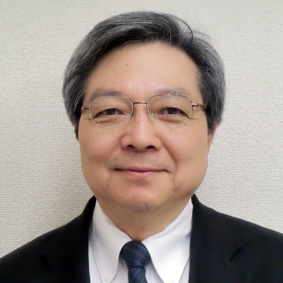
|

|

|

|
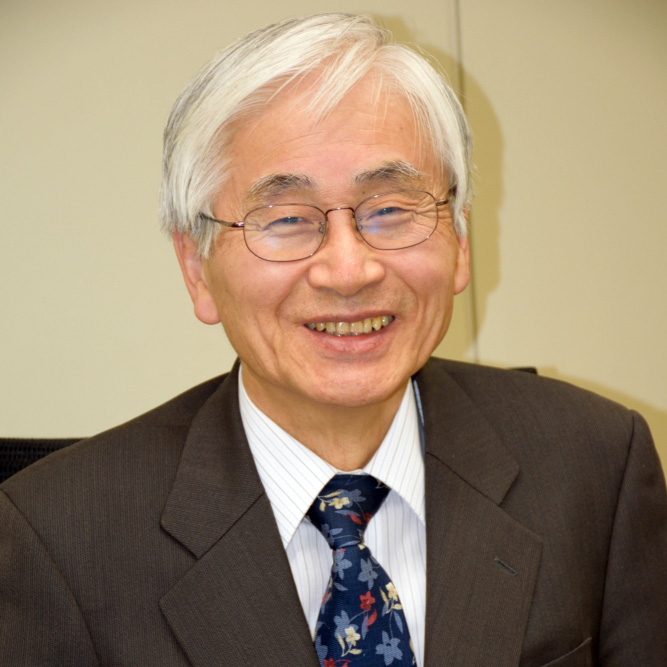
|
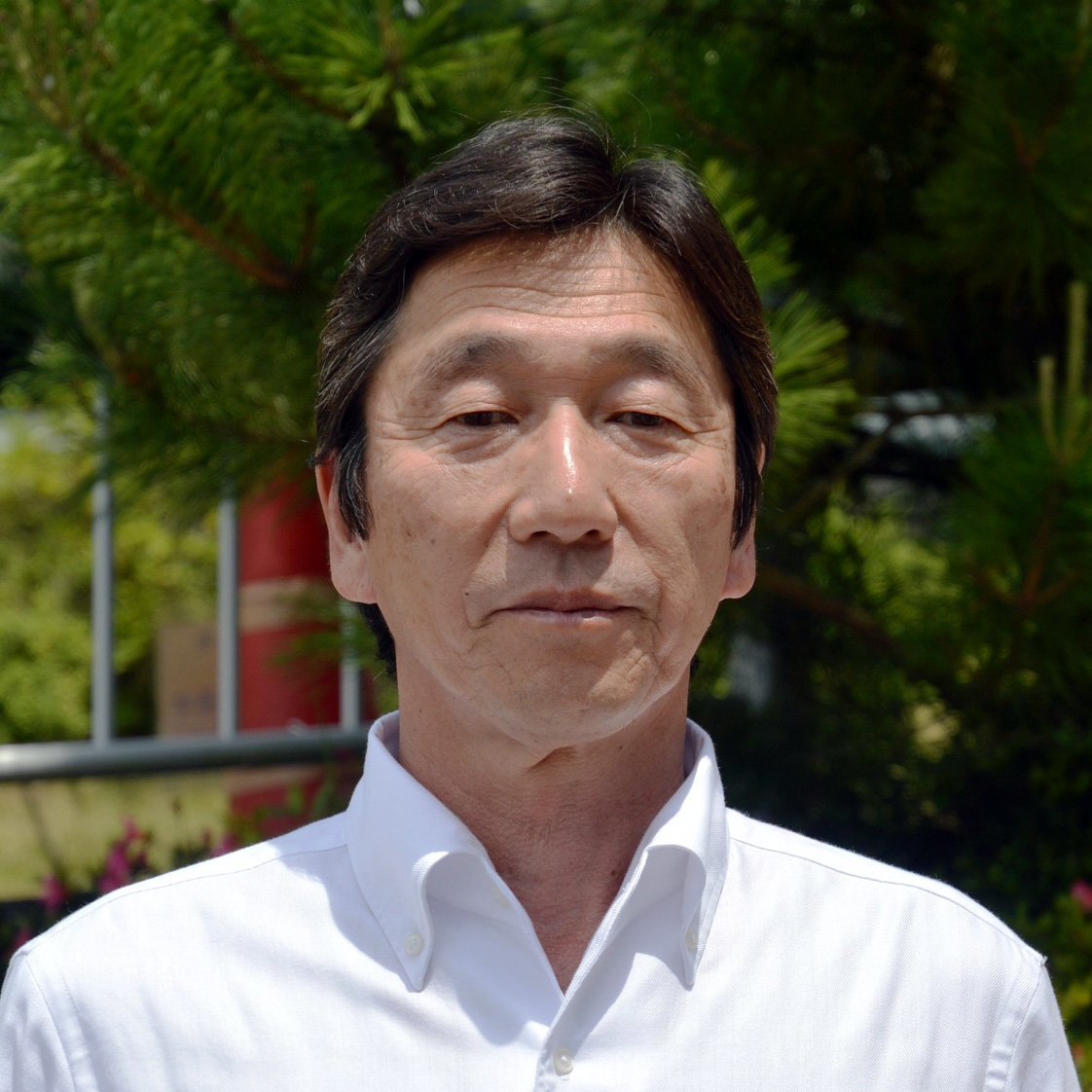
|

|

|
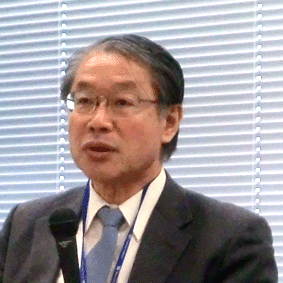
|
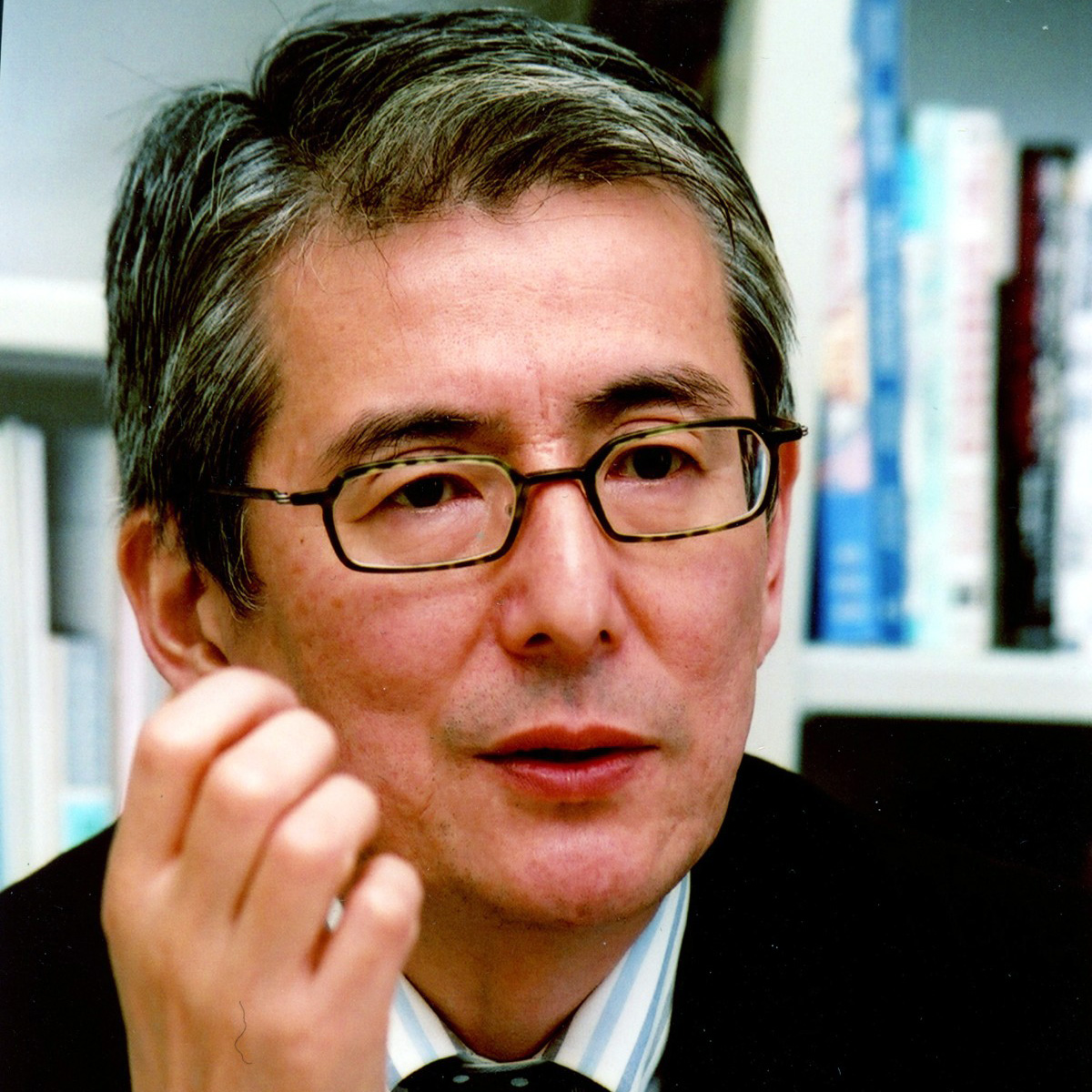
|
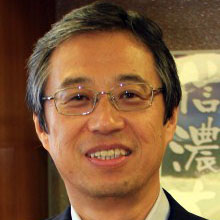
|
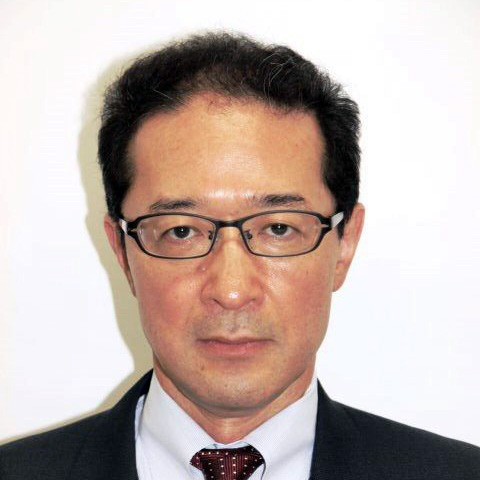
|

|
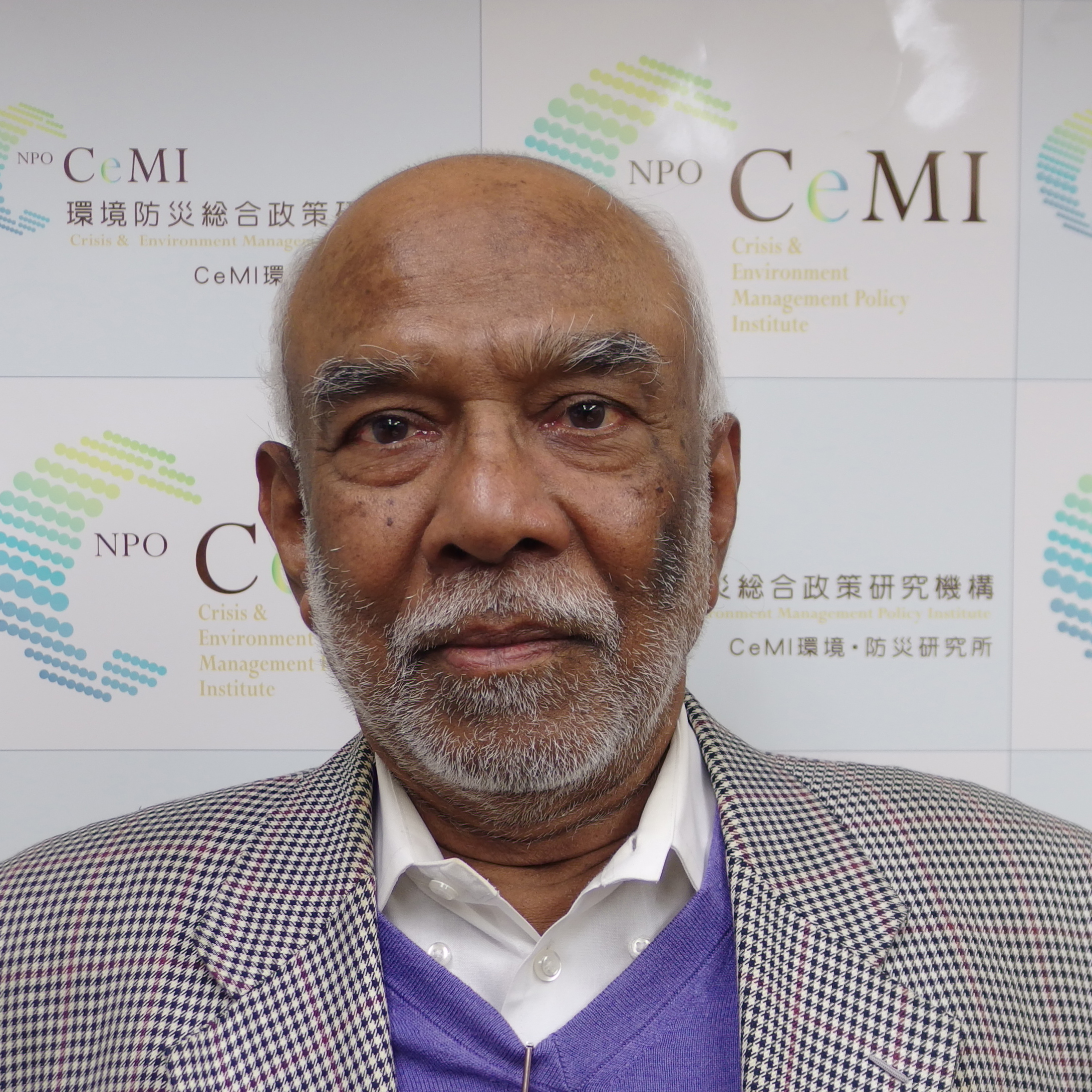
|

|
|
CeMI Offices and locations
| Name | Address |
| Tokyo Head Office | 〒160-0011 Tokyo-to, Shinjuku-ku, Wakaba 1-22 Royal Wakaba #606 TEL:03-3359-7971 FAX:03-3359-7987 (Open Monday-Friday, 10:00 - 18:00)
|
| Hokkaido Office …click here for details(in Japanese) |
〒060-0001 Sapporo-shi, Chuo-ku, Kita-1, Nishi 8-2-39 Nippou Odori Bldg. 8F TEL:011-271-2663 FAX:011-204-7367
|
| Kansai Branch | 〒530-0042 Osaka-shi, Kita-ku, Tenmanbashi 1-8-63 TK Bldg. 7F |
| U.S. Office | 1, Washington St. San Jose, California |
